Petrina Hicks: Australia’s Beguiling, Even Mysterious, Photographer
![]()
The large-scale, hyperreal photographs of Australia’s Petrina Hicks are formal, super professional, sightly odd, and beguiling. Even bewitching in the most positive sense.
One of Petrina’s positive reviewers describes her work of delivering a ‘gentle oddness’.
Peter Levitan: Every time I look at one of your images, for example your girl with the parrot, I take away a different emotion. Do you purposefully aim for each viewer to have his or her very own reaction?
Petrina Hicks: I prefer my images to remain open, with no set narrative, aiming for ambiguity or perhaps something enigmatic. Certainly, one of my approaches when making images is to translate a certain emotion, one that is quite abstract, so the ‘feel’ of the images is important. Translating an abstract emotion through photography is quite challenging, I enjoy this process though.
I’m always aiming for a sense of ‘ease’ in the images also, a sense of stillness, quiet, and ease.
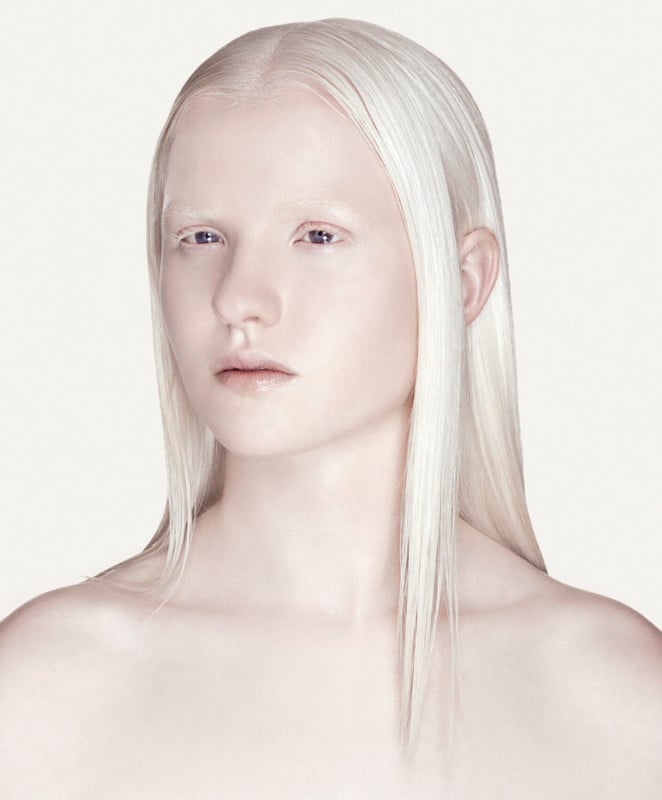
Your photography is beautiful, unexpected, and challenging, where do your ideas come from?
The ideas are quite inward, an exploration of psyche. I’m interested in making images of females that portray their interior world, more so than their external world, often their eyes are closed, or their faces are turned away from camera. I’m drawn to art’s historical references, archetypes, myths to find inspiration much of the time.
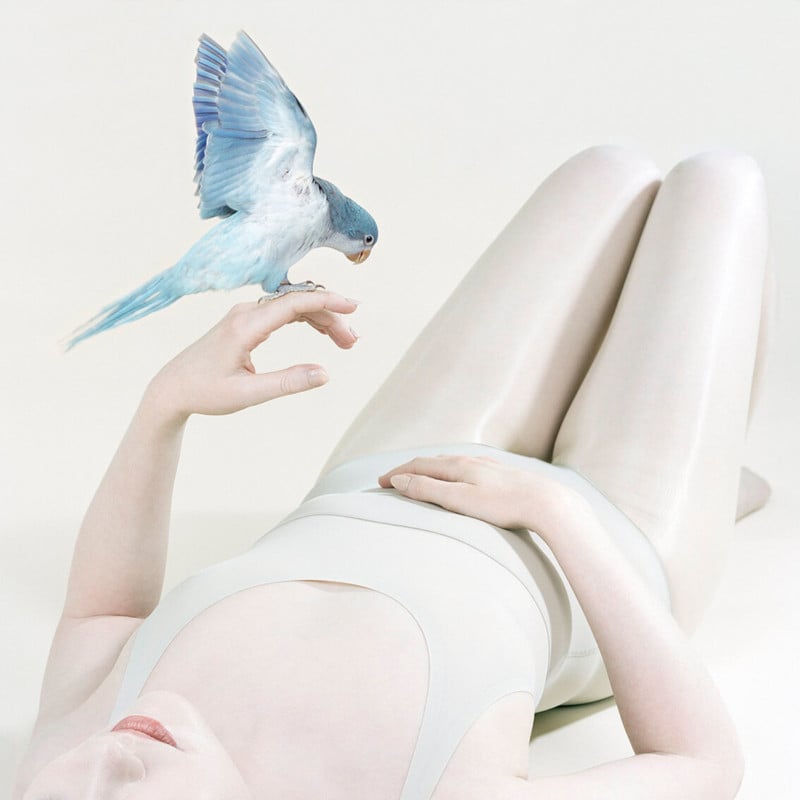
I’ve read that you seek “utopian perfection” or using another term, “hyperreality”. Is this a fair statement?
I aim for the images to tread a fine line between reality and illusion, so they look very real – great detail in skin, hair, clothing, animal fur, feathers, etc. – yet they seem to exist in an illusionary space, a space that cannot be connected to any particular time in history, like a void. The surface appearance of the images is harmonious with lots of space around the subjects, often this perfect appearance works in opposition to the more unsettling ideas in some of the works.
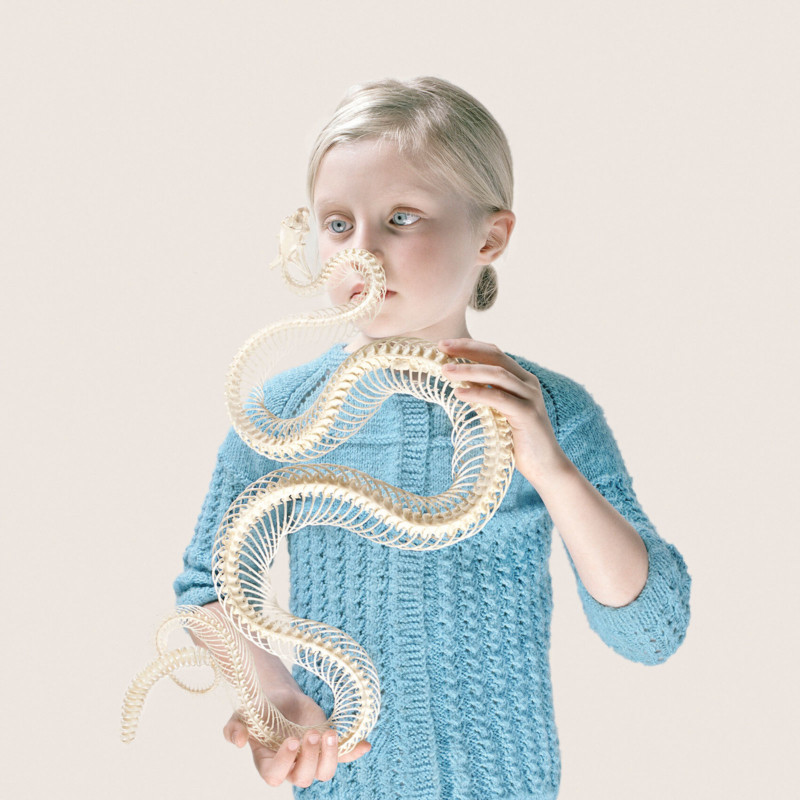
I get seduced by your subjects and visual pallet. I find that your lighting, choice of subjects including sculptures, animals, snakes, and women are all seductive. Even soulful. Are you seeking viewer seduction?
I’m very interested in the soulful or spiritual aspect of human and animal beings, the lightness of our spirit in comparison to our corporeal bodily experience. I explore this in many ways in the works, and this may look soulful. I do exploit beauty in my work, the images and subject matter are very seductive and harmonious.
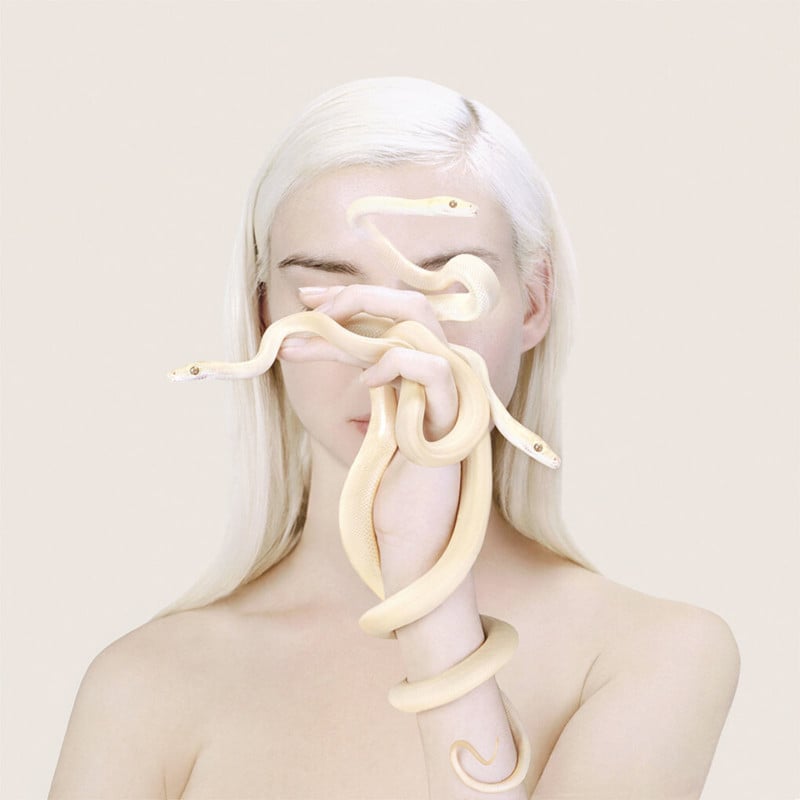
Do you have a process for series development? For example, when you created the Bleached Gothic series did you storyboard the series as a unit, as in an evolving story, before you started?
There is a period of research, then production before I begin creating a new series.
I photograph one idea several times, across several photoshoots until the idea is resolved and is translating as a photograph in the way I intended.
The research is always constant and evolving though, so I’m always in the research phase. Often, I will spend much time looking at color combinations, before I begin production, the color palette of each series is important.
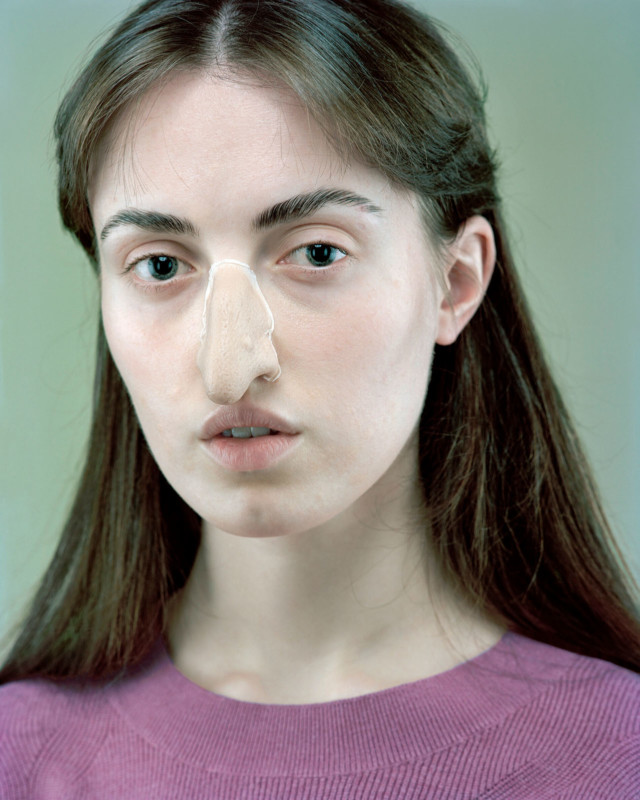
You shoot in the studio in a way that an advertising photographer would handle a subject. Is having total control a requirement of your technique?
Yes, I employ a style of studio lighting that is recognized as advertising or commercial, I only make work in a studio. I’m often observing minute changes in gesture or pose, then homing in on something very subtle, so I find a controlled lighting environment assists with this process. I also aim for the images to appear timeless, or in some kind of void – so the studio setting assists with this.
I have always shot with film, and still do, medium and large format – so a controlled studio setting is essential for me.
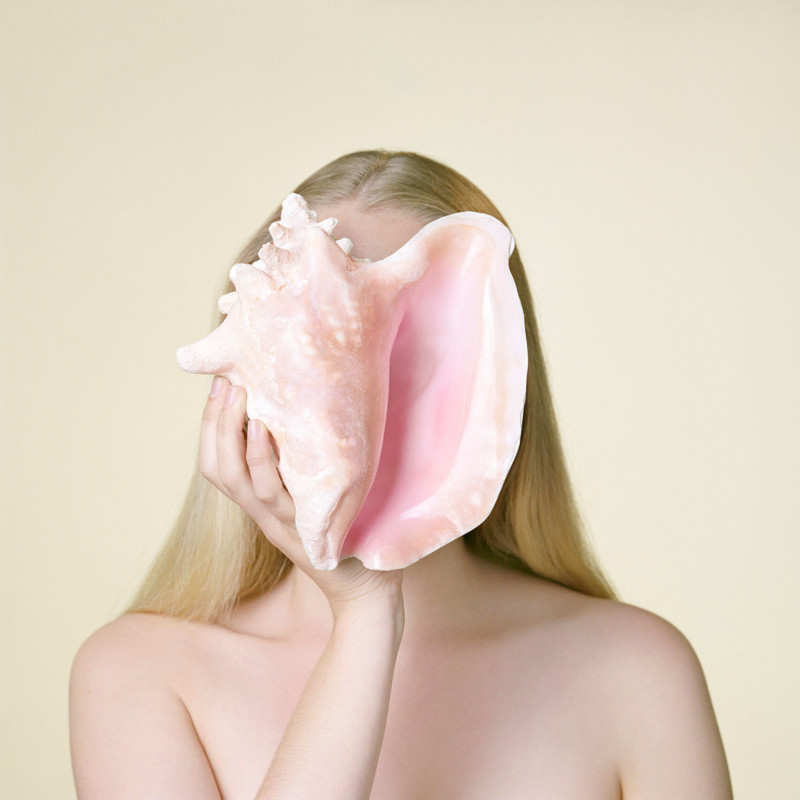
You shoot on large format film only. How does your choice of film vs. digital and equipment affect your way of seeing and working? What cameras do you use?
I shoot with a Hasselblad and Linhof Technika 4X5 with some very beautiful lenses.
It’s important for me to continue making work in the way I started, shooting on film is essential to my process. I make observations when shooting that are reliant on imagination and a more abstract way of thinking, with shooting digital I would be seeing the results instantly on a screen – and this takes me away from that illusionary head space.
It’s also the craft and tradition of film photography that I’m drawn to, and the final print quality that I find great satisfaction in.
My film is scanned at high resolution with a Hasselblad scanner, then finished in Photoshop before inkjet prints are made on fine art paper.
Most of the process in Photoshop revolves around retaining the ‘film-like’ quality of the image – this is often only apparent in exhibition prints, not on computer screens.
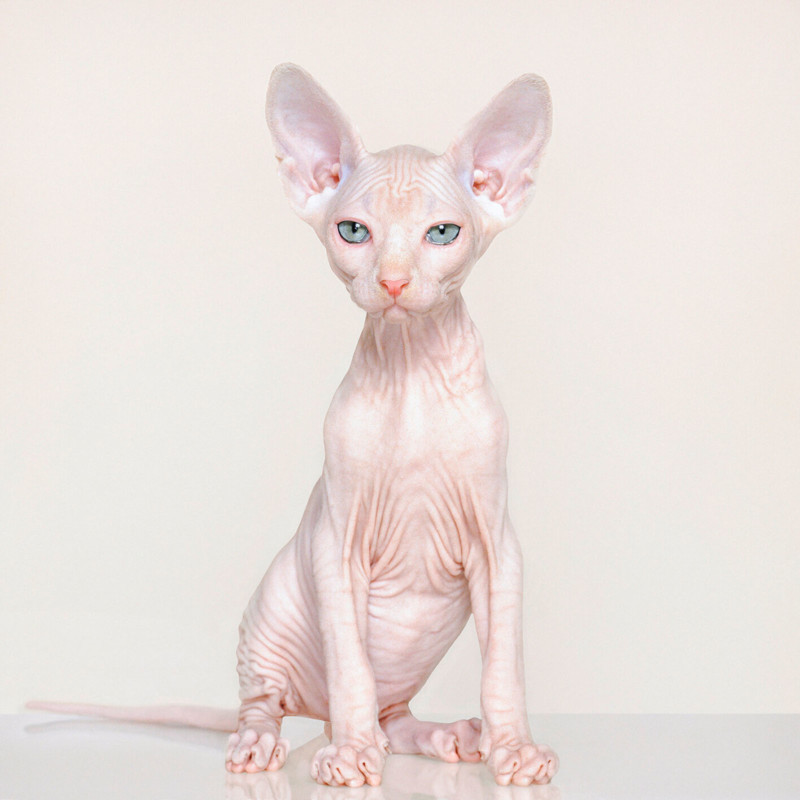
You’ve moved into video. I get mesmerized, like in a Zen state, when I look at your video work – especially the Ouroboros snake and vase video. Where does an idea like this come from?
The video works are very photographic, the camera is locked off in 1 position, and I employ high-speed video shooting up to 1000s frames per second, resulting in the slow-motion effect. It feels like I’m stretching out the photographic moment, so all the details the eye misses in those few seconds are captured in fine detail.
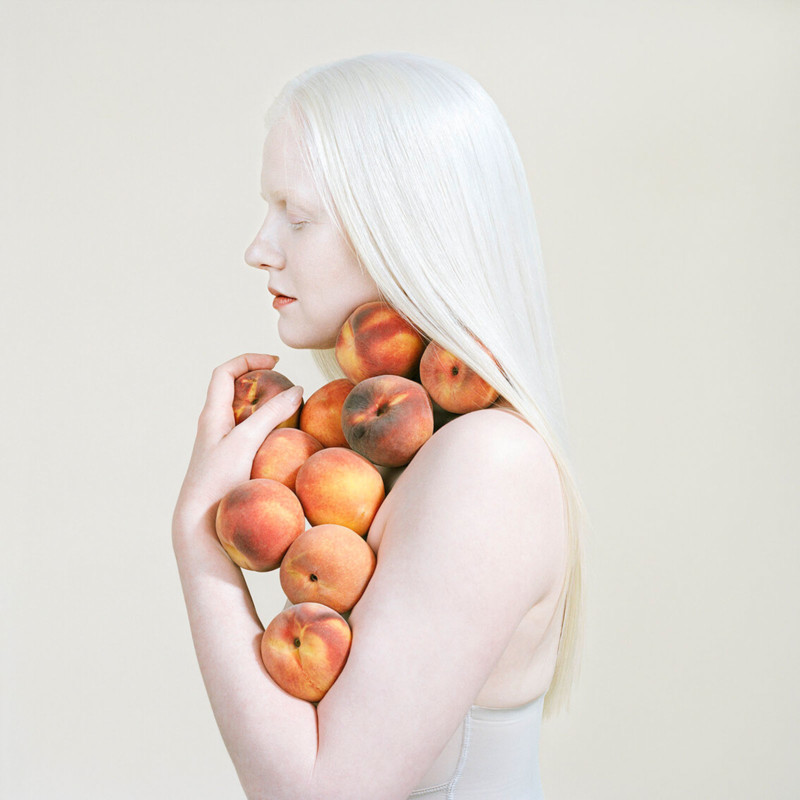
Are you working on a new long-term project?
I’m shooting a lot more at the moment, since COVID I have had more time on my hands, it’s been a very productive period and a shift in the way I make work.
In Sydney we are still currently in a 2nd lockdown due to the Delta variant, the lockdown started in July and is due to finish early October.
All of my exhibition deadlines continued, and exhibitions have been held ‘online’ so I have been very busy despite all of this.
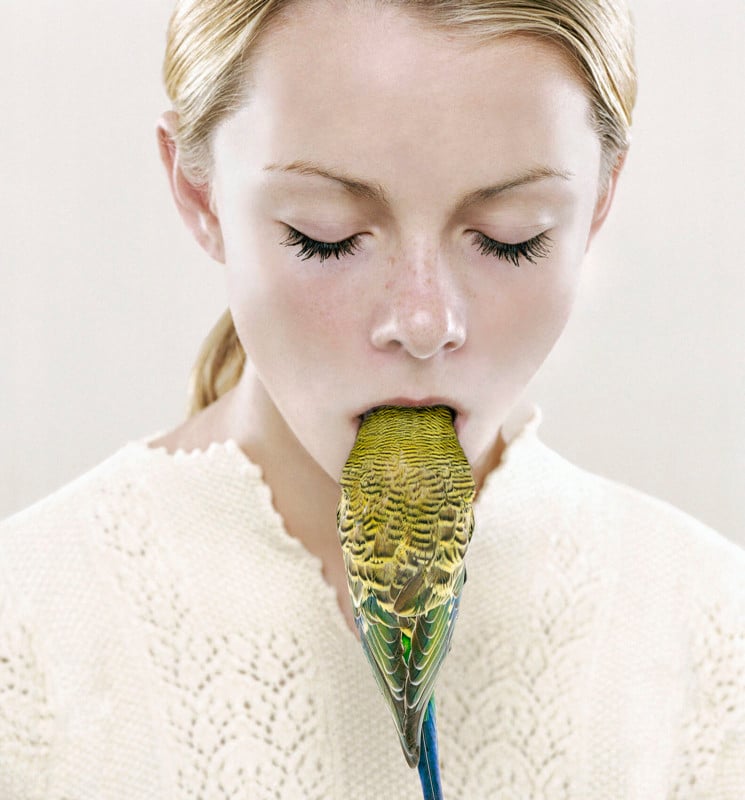
You can find more Petrina Hicks work on her website, at this virtual gallery tour and at Sydney’s Michael Reid Gallery.
About the author: Peter Levitan began life as a professional photographer in San Francisco. He moved into a global advertising and Internet start-up career. Peter photographs people around the world using a portable studio. This is his excuse to travel and meet people.
Image credits: Header courtesy the artist and Michael Reid Gallery, Sydney.